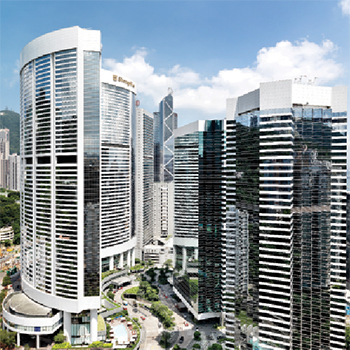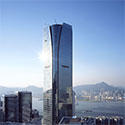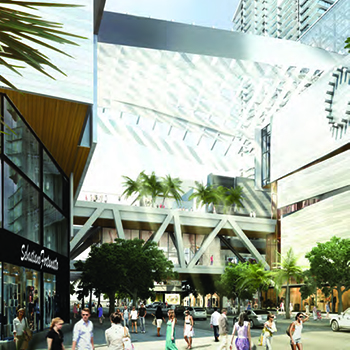Filter by
You must be a CTBUH Member to view this resource.
Reach
Brickell CityCentre Condo Tower 1, North Tower
Building
Completed, 2016
33130
residential
concrete
153.3 m / 503 ft
44
383
You must be a CTBUH Member to view this resource.
You must be a CTBUH Member to view this resource.
The Design Engineer is usually involved in the front end design, typically taking the leadership role in the Schematic Design and Design Development, and then a monitoring role through the CD and CA phases.
The Design Engineer is usually involved in the front end design, typically taking the leadership role in the Schematic Design and Design Development, and then a monitoring role through the CD and CA phases.
You must be a CTBUH Member to view this resource.
Usually involved in the front end design, with a "typical" condition being that of a leadership role through either Schematic Design or Design Development, and then a monitoring role through the CD and CA phases.
The Design Engineer is usually involved in the front end design, typically taking the leadership role in the Schematic Design and Design Development, and then a monitoring role through the CD and CA phases.
The Design Engineer is usually involved in the front end design, typically taking the leadership role in the Schematic Design and Design Development, and then a monitoring role through the CD and CA phases.
The main contractor is the supervisory contractor of all construction work on a project, management of sub-contractors and vendors, etc. May be referred to as "Construction Manager," however, for consistency CTBUH uses the term "Main Contractor" exclusively.
Miami Regional Tour
29 October 2015 - Event
Miami Grows Up
16 February 2015 - Event

17 October 2016 | Miami
CTBUH Video Interview – Peter Brannan
Peter Brannan of Arquitectonica is interviewed by Chris Bentley during the 2016 CTBUH China Conference. Peter discusses the Brickell City Center Development in Miami as...

17 October 2016
Shifting Urban Gravity, from “Central” To “Core” Business Districts
Tim Balckburn, Swire Properties
In the age of the multi-million inhabitant city, the traditional concept of a single Central Business District (CBD) is becoming increasingly unrealistic. As we are...

17 October 2016 | Miami
CTBUH Video Interview – Peter Brannan
Peter Brannan of Arquitectonica is interviewed by Chris Bentley during the 2016 CTBUH China Conference. Peter discusses the Brickell City Center Development in Miami as...

17 October 2016 | Miami
Shifting Urban Gravity, from “Central to Core” Business Districts
In the age of the multi-million inhabitant city, the concept of a single, concentrated Central Business District is increasingly becoming unsustainable. As we are seeing...

17 October 2016 | Miami
The Roots of Tall Buildings: Connecting the City
This presentation investigated the integration of tall tower, mixed-use developments and how they connect with the city and the public when they meet the ground....

17 October 2016
Shifting Urban Gravity, from “Central” To “Core” Business Districts
In the age of the multi-million inhabitant city, the traditional concept of a single Central Business District (CBD) is becoming increasingly unrealistic. As we are...

17 October 2016
The Roots of Tall Buildings: Connecting the City
This paper investigates the integration of tall tower, mixed-use developments and how they connect with the city and the public when they meet the ground....
30 October 2015
CTBUH 2015 delegates toured Miami, a city of urban complexities and cultural amenities that defy the old stereotypes.
Subscribe below to receive periodic updates from CTBUH on the latest Tall Building and Urban news and CTBUH initiatives, including our monthly newsletter. Fields with a red asterisk (*) next to them are required.
View our privacy policy